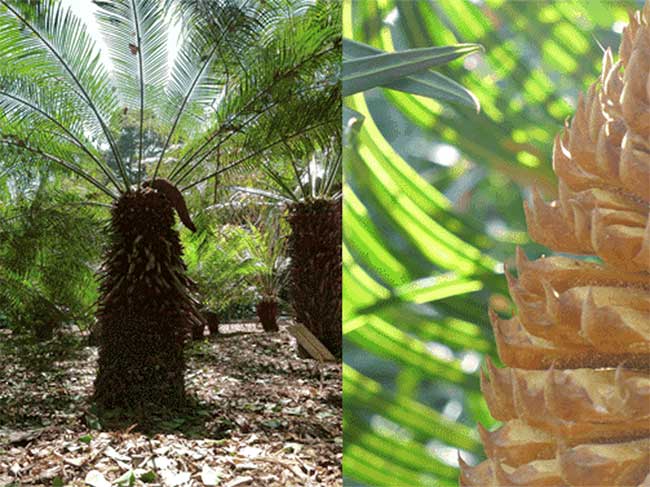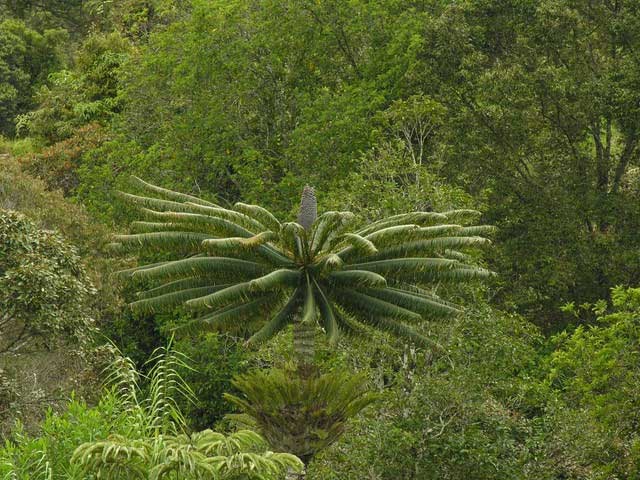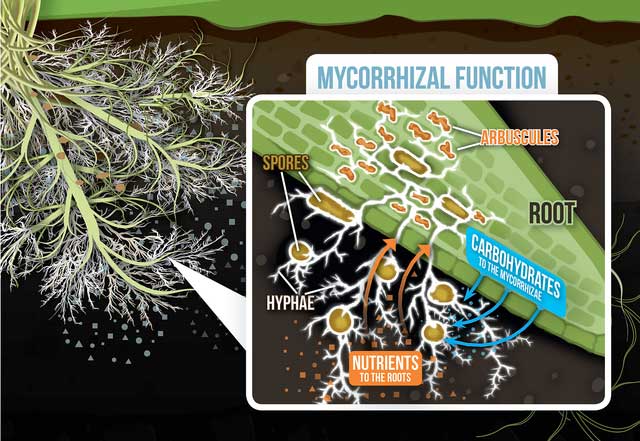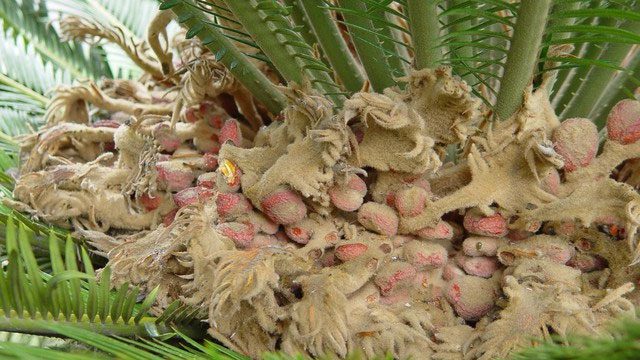In nature, some plant species are dubbed “living fossils” due to their astonishingly long lifespans.
The Natural Reproduction Issues of “Living Fossil” Plants
Seeds are the key to plant reproduction. They contain the genetic information of the plant and can withstand harsh environmental conditions. Under suitable environmental conditions, seeds will germinate and grow into new plant individuals. However, the preservation effectiveness of “living fossil” plant seeds is relatively poor, making their natural reproduction difficult.
Seeds of most plant species require specific environmental conditions for preservation and reproduction. For example, the seeds of some “living fossil” plants can only survive in moist environments and can only germinate under certain temperature and light conditions. This means that if the seeds do not find a suitable environment in time, they will struggle to survive, making natural reproduction challenging.

Seeds are the key to plant reproduction.
The poor preservation performance of “living fossil” plant seeds is also reflected in their weak response to external adverse environments. Because they undergo very few changes as they grow, the seeds of these plants have relatively poor resilience to factors such as climate change, pollutants, and human activities.
In contemporary society, issues such as climate change, human intervention, and environmental pollution have increasingly intensified, posing significant challenges to the natural reproduction processes of “living fossil” plants.
To address the poor preservation effectiveness of “living fossil” plant seeds, scientists have conducted a series of research and explorations. They discovered that by studying the genetic variance in seeds, new varieties with better preservation traits could be developed. Additionally, using modern technologies such as cryopreservation, seed banks, and gene editing can also improve seed preservation efficiency. These efforts bring new hope for the natural reproduction of “living fossil” plants.
Breeding Difficulties and Long Growth Cycles
The difficulties in breeding these “living fossil” plant species are largely due to their unique ecological environment and reproductive methods. For instance, the ginkgo tree is a clear example. The ginkgo tree is an ancient tree species found in Asia. Its primary method of reproduction is through seeds, rather than conventional methods like cuttings or division. However, the seed coat of the ginkgo tree is very hard and can only germinate after a long period of decay. This makes the breeding process of the ginkgo tree extremely complex and time-consuming, requiring a long wait before seeing new seedlings develop.

The growth cycle of some ‘living fossil’ plants is also very long.
In addition to the challenges in breeding, the growth cycles of these “living fossil” plants are also very long. For example, the average lifespan of a Japanese cedar in Miyazaki Prefecture can exceed 1,000 years. Furthermore, the growth rate of Japanese cedar is very slow, only a few centimeters per year, and sometimes there may not be any visible growth changes for several decades. This means that scientists need to invest considerable time and effort in researching and protecting these “living fossil” plants to gain a better understanding of their life cycles and reproductive mechanisms.
Strong Dependence on Specific Environments
These “living fossil” plants often thrive only in specific geographical environments. For example, the Tianshan pine is an ancient tree species in China that can only grow in Tianshan soil and a few other locations. This species has an extremely high adaptability to the environmental conditions in which it exists but also imposes restrictions on its reproductive processes. When the environment changes, such as shifts in soil composition or climate warming, these plants face the risk of struggling to reproduce for future generations.
The way these trees reproduce also limits their natural dispersal. Some “living fossil” plants like the Japanese yew and silver fir primarily reproduce through pollen dispersal. Pollen must be transferred from male flowers to female flowers to complete the fertilization process, relying on external factors such as insects or wind. Due to the breeding difficulties faced by these trees in arid and frigid environments, their natural reproduction rate is relatively slow.

Some plants only thrive in specific geographical environments.
Some “living fossil” plants also depend on other organisms, further limiting their spread. Taking ferns as an example, they often require a symbiotic relationship with fungi in the fern ecosystem to develop normally. This symbiotic relationship, known as mycorrhizae, allows fungi to provide water and nutrients to the plants by forming a symbiotic structure with the plant roots. Without this symbiotic relationship, these plants cannot grow and develop properly.
Declining Genetic Diversity Limits Adaptability
Genetic diversity refers to the level of genetic variation within a group or species. The adaptability of a species is often related to its genetic diversity, as high genetic diversity allows for more gene combinations and adaptive changes. However, “living fossil” plants have relatively low genetic diversity due to their long existence and limitations in responding to environmental changes.

The adaptability of a species is often related to its genetic diversity.
Due to their long existence and stable environments, the genetic diversity of “living fossil” plants has been limited throughout their evolutionary processes. These plants have existed on Earth for a long time, and the environments in which they develop are relatively stable, having not undergone significant environmental changes. Such an environment is detrimental to the genetic diversity of plants due to the lack of environmental challenges and stress, reducing the opportunities for genetic variation. In contrast, plants living in more complex and diverse environments may face more selective pressures and adaptations, thus exhibiting higher genetic diversity.
The natural reproduction processes of many “living fossil” plant species are often restricted because they can generally only reproduce asexually. Asexual reproduction occurs through vegetative organs such as rhizomes, tubers, or branches of the plant, a method that does not involve mating or genetic recombination. Therefore, no new genetic material is introduced into their reproduction, leading to a decrease in genetic diversity. In contrast, other plant species reproduce sexually, allowing them to generate new gene combinations and enhance genetic diversity and adaptability through genetic recombination.
Reduced genetic diversity limits the adaptability of “living fossil” plants. A decrease in genetic diversity means a lack of gene combinations to adapt to new environments. These plants cannot adapt quickly when faced with new environmental pressures due to their lack of genetic diversity to select the appropriate gene combinations. For species with high genetic diversity, they can quickly adapt to new environmental conditions through recombination and genetic selection processes.














































